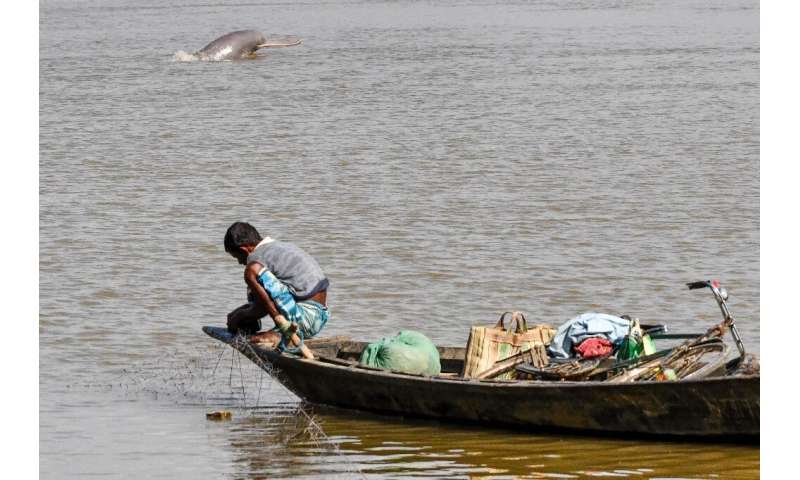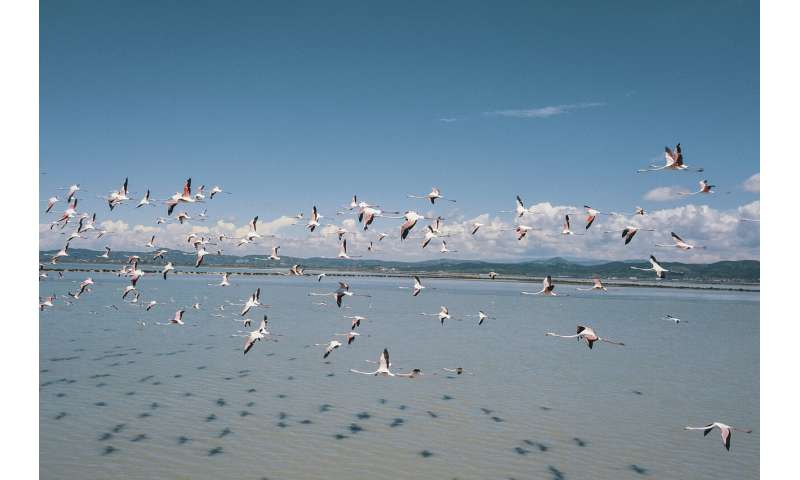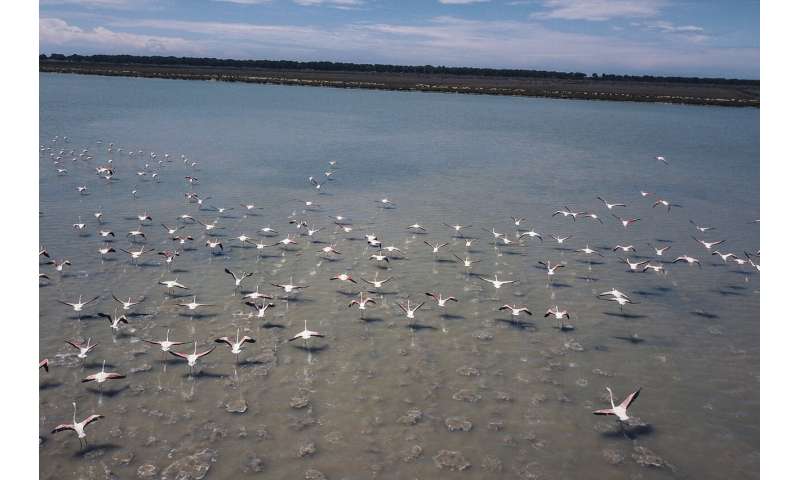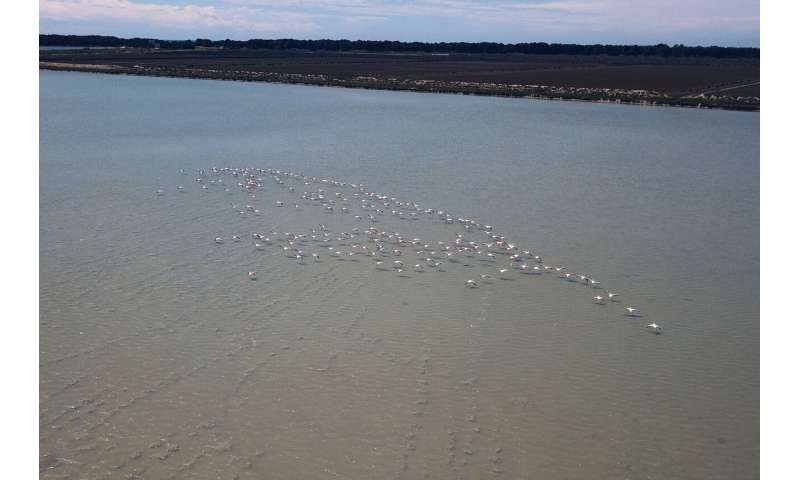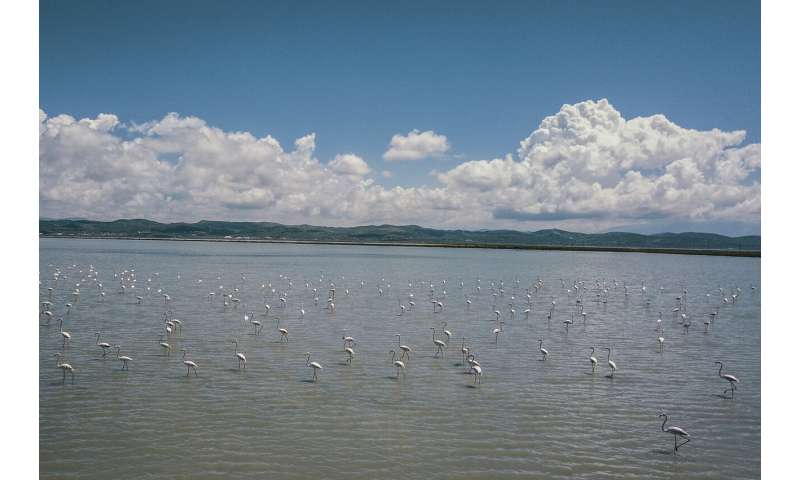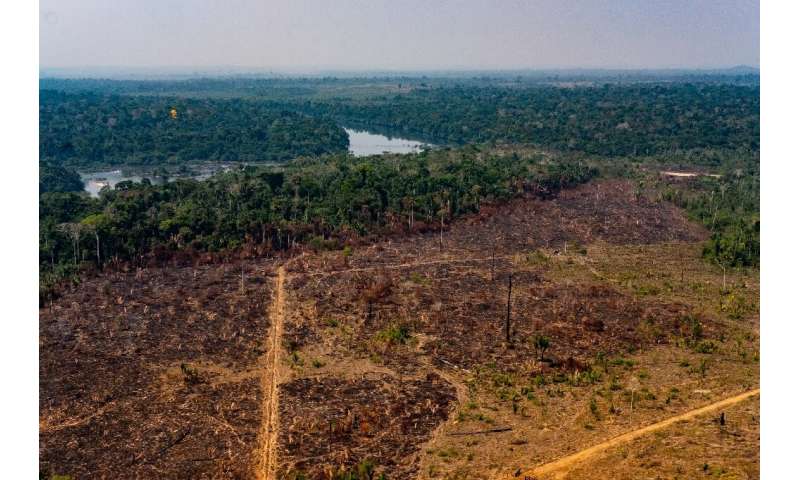Eleven captured for failed maritime 'invasion' of Venezuela
 Venezuelan Presidency/AFP/File / Marcelo GarciaA handout picture released by the Venezuelan Presidency shows on May 4, 2020, passports of US citizens arrested by security forces in relation to a failed maritime 'invasion'
Venezuelan Presidency/AFP/File / Marcelo GarciaA handout picture released by the Venezuelan Presidency shows on May 4, 2020, passports of US citizens arrested by security forces in relation to a failed maritime 'invasion'
Eleven alleged "terrorists" were arrested on Sunday in connection with the failed maritime "invasion" of Venezuela, authorities said, bringing the total captured to more than 40.
"Captured today #10May 2020, another three terrorist mercenaries in Colonia Tovar," about an hour from Caracas, tweeted armed forces chief Admiral Remigio Ceballos.
Hours later, state television reported that military personnel had captured an additional eight "terrorists" in the northern coastal state of Vargas.
The arrests came after another three alleged "mercenaries" were arrested Saturday, according to Venezuelan President Nicolas Maduro.
"We have been meticulously looking for all those involved and we are going to capture them all," Maduro announced during a television address.
The botched invasion attempt -- which Maduro has compared to the Bay of Pigs incident in 1961 -- saw men landing in early May at Macuto, less than an hour from Caracas. In total, 45 people have been arrested.
Eight attackers were reportedly killed in the incident.
Among the detainees are two former US soldiers, Luke Denman, 34, and Airan Berry, 41, who have been imprisoned and charged with "terrorism, conspiracy, illicit trafficking of weapons of war and (criminal) association." They could face between 25 to 30 years in prison.
The others implicated in the case are Venezuelans.
The left-wing Maduro government claims the plan was to remove him from power and allow opposition leader Juan Guaido -- recognized as the interim president by the United States and 50 other nations -- to take control.
Maduro has said he believes US President Donald Trump was involved in the operation, with Guaido as his accomplice.
Trump has strongly denied the accusations.
Despite Maduro's accusations against him, Guaido has not been charged with any alleged crimes.



